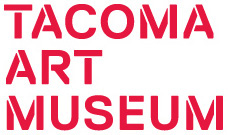Henry Merwin Shrady
Born in New York City and a lawyer by training, Henry Shrady began drawing during his convalescence from typhoid. He started by sketching his pets and horses, then turned to animals in the Bronx Zoo, and later to specimens in the American Museum of Natural History. He then tried watercolor painting and had several works accepted and sold from exhibitions at the National Academy of Design. Ultimately, however, it was sculpture that caught his attention. A jeweler and producer of small bronzes saw one of Shrady’s designs and offered to cast it. Shrady’s earliest sculptures, cast in 1900, became the first in an extensive series and were among the first American bronzes to be created by the lost-wax process. In 1901, the sculptor Karl Bitter asked Shrady to create some of the large-scale plaster sculptures for the Pan-American Exposition in Buffalo, New York, the start of a series of commissions for monuments commemorating important American historical figures. In 1902 he won his largest commission, which extended over twenty years—the memorial to General Ulysses S. Grant on the edge of the Capitol Basin on the National Mall in Washington, DC.


